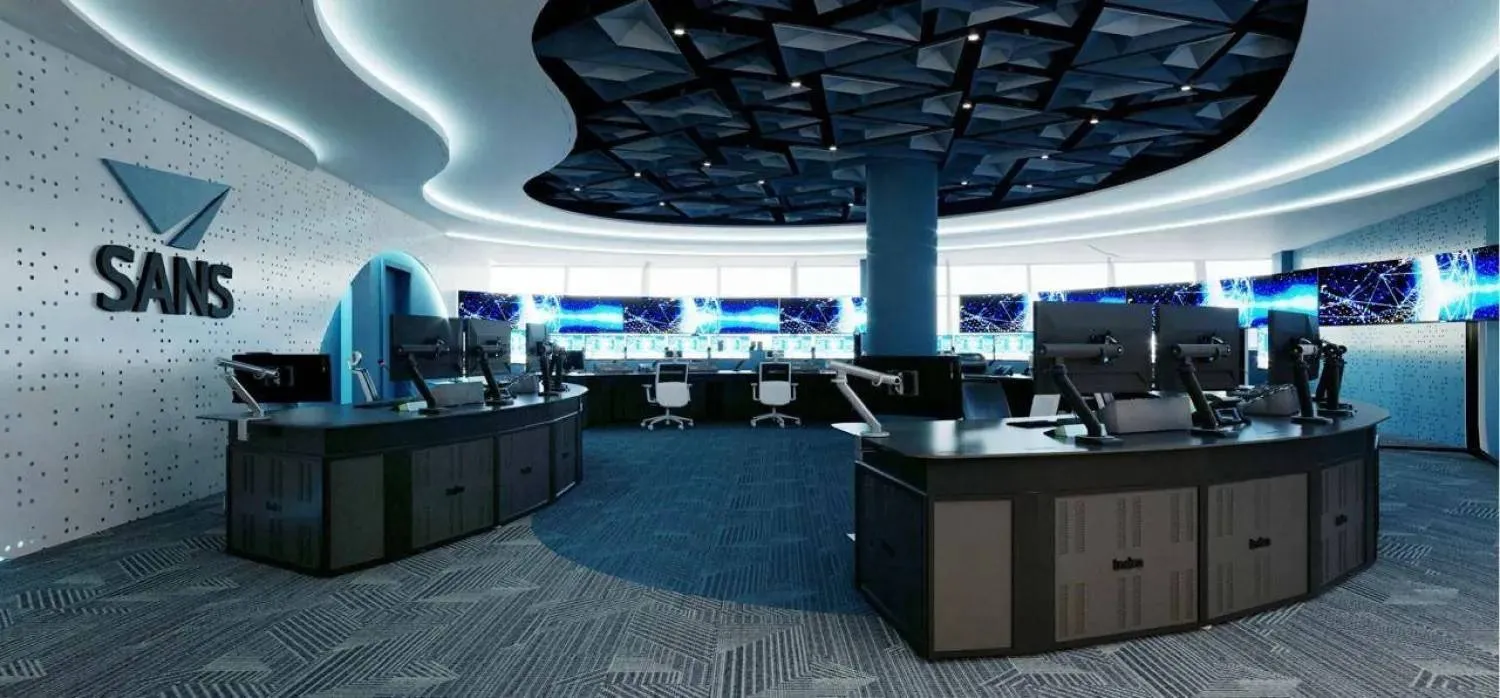The fall of Syrian President Bashar al-Assad over the weekend raises the question of what the future holds for the vital oil sector in the country, which has been paralyzed by the ongoing civil war for 13 years.
The Syrian regime had been heavily relying on Iran to operate the oil refineries in Homs and Baniyas.
Since Western sanctions were imposed in late 2011, Syria has been unable to export oil, having previously been a net exporter. The sector used to account for a significant portion of government revenues before the war, contributing about 35 percent of total export revenues.
Since 2012, the Syrian regime has gradually lost oil fields and wells (mostly in the northeast), with control over the majority of the fields shifting to the Syrian Democratic Forces (SDF), which is predominantly made up of Kurdish fighters.
The SDF now controls the three largest oil fields in Syria: Suwayda, Rmeilan, and Omar, in addition to 10 other fields spread across the Hasakah and Deir Ezzor governorates.
The Syrian Oil Ministry reported earlier this year that losses in the oil sector from 2011 until the beginning of 2024 have exceeded one hundred billion dollars.
Below are facts about Syria's energy sector:
Syria has not exported oil since late 2011, when international sanctions came into force, and has become dependent on fuel imports from Iran to keep power supplies running.
Prior to sanctions, Syria produced some 383,000 barrels per day (bpd) of oil and liquids, according to previous analysis by the US Energy Information Administration (EIA).
Oil and liquid production fell to 40,000 bpd in 2023, according to separate estimates from the Energy Institute.
Natural gas production fell from 8.7 billion cubic meters (bcm) in 2011 to 3 bcm in 2023, according to BP and Energy Institute estimates.
Shell and TotalEnergies were the main international energy companies operating in the country.
Who controls the oil and gas fields?
The SDF, backed by the US and its allies, controls most of the quarter of Syria that lies east of the Euphrates, including the former ISIS capital of Raqqa and some of the country's biggest oilfields, as well as some territory to the west of the river.
Block 26, which is operated by UK-based energy group GulfSands Petroleum, in northeast Syria is currently under force majeure due to UK sanctions. GulfSands has said the assets remain in "good order and operationally fit,” adding that "re-entry preparations are well advanced for when sanctions permit recommencement of operations.”
Canada's Suncor Energy Inc suspended its Syria operations in 2011. Its primary asset is the Ebla development located in the Central Syrian Gas Basin covering more than approximately 1,251 square kilometers. The gas field was producing 80 million cubic feet of natural gas per day. It also operated the Ebla oilfield project, which began producing approximately 1,000 bpd of oil in December 2010.
The US Treasury imposed sanctions in 2018 on Russian company Evro Polis Ltd, which it said had a contract with Syria's government to protect Syrian oilfields in exchange for a 25% share in oil and gas production from the fields. A Middle East source familiar with the matter told Reuters on Monday that the Ebla fields were still under Russian military control.
Evro Polis had been controlled by Yevgeniy Prigozhin, the late head of Russia's Wagner mercenary group that was active in Syria and the war in Ukraine. The source said the Russian military took over control of the fields after the demise of Wagner in Syria.









